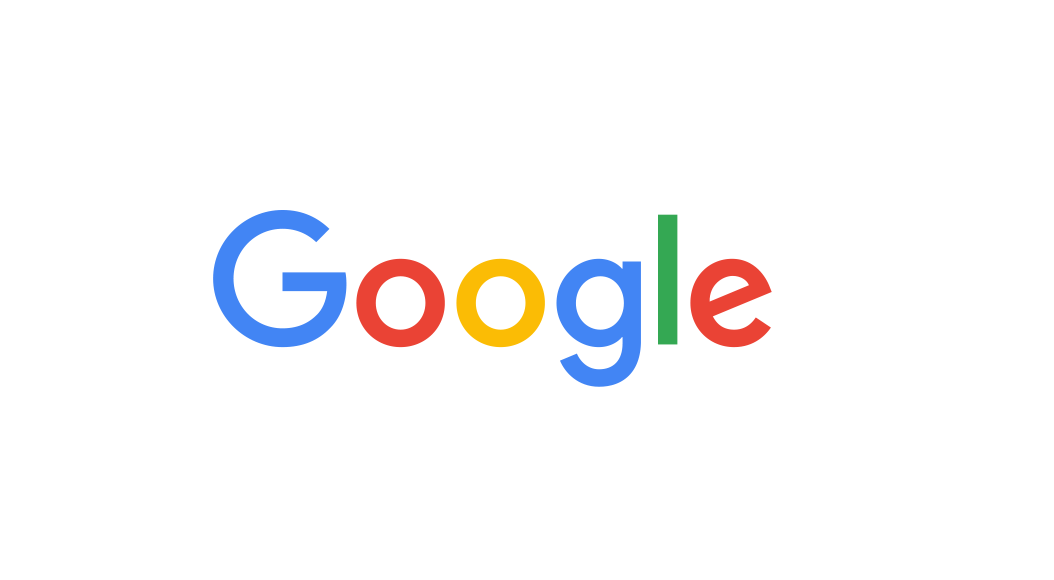If you are one of the many advertisers who received an email from Google on Aug. 29 email about ad rotation, you are probably wondering what exactly this means, and more importantly, what the impact will be on performance and return within your account.
Unfortunately for most of us, Google’s official response was short on details. While ad rotation may seem like a minor consideration, it can have a big impact if not effectively managed.
Judgment Day: The rise of the machines begins Sep. 25
Sci-fi references aside, Google has made it very clear that the future of many of its algorithms are and have been relying on deeper implantation of machine learning. The same style of statistics and patterns that feed your GPS and tell you traffic problems are at play in the AdWords platform.
The machines are learning, and fast. But the truth is that, while powerful, machine logic is still in its infancy and needs some guidance with human hands. We recently found a perfect example of this when we noticed ads using the abbreviation for horsepower (hp) were limited on possible trademark violation for Hewlett Packard (HP). It shows that there are limitations to machines and, if that fantasy war between man and machine ever does happen, we do have a chance at survival.
Google claims that previous ad rotation did not provide enough data into the decision-making process. Off the record, we do find that often these types of changes do have a direct impact on financial gain by Google, and advertisers may see increases in clicks without equivalent increases in performance.
The official word – and what it really means
According to Google’s official email:
There will only be two ad rotation settings
- “Optimize” will use Google’s machine learning technology to deliver ads that are expected to perform better than other ads in your ad group.
- “Rotate indefinitely” will deliver your ads more evenly for an indefinite amount of time.
But this actually leaves us with some questions. For one, what are you optimizing for — clicks, cost, conversions, conversion rate, return on ad spend? All of these have different impact on ad placement, performance and return.
After a phone conversation with reps from Google, we learned that “optimize” means different things in different networks. For search, it appears to optimize for clicks, while display is geared towards conversions.
To me, this feels a little backwards. Traditionally the search network has been highly successful at driving leads. Optimizing for clicks in the past usually meant an increase in traffic, along with a potential increase in cost.
On the other hand, the thought of a more conversional display network may be a game changer for many advertisers. Display has traditionally been far more beneficial as a branding play, offering limited conversions and ROI. The thought of a more profitable display network is certainly intriguing, but time will tell how it all plays out.
How to prepare and manage for these changes
The main factor to keep in mind with any change is that if you have a good foundation, you can minimize the damage. Here are a few specifics that can make a proactive difference in your account:
- Smart bidding
If you are not already employing bidding tactics like Target CPA, Target ROAS, Maximize conversions, or Enhanced CPC, you should start. Google’s machine learning is taking stronger signals from bidding strategies and seeing more success when these are in play.
- Manual efforts
Simple and regular manual review of the ads in your account has been a best practice for a long time. Check which ads have the best click-thru rates, the lowest cost per conversion and the best return on ad spend. Pause the poor performers, but also spend the time trying to figure out the messaging that chimes the best with your users. What words, features or benefit is making the difference in performance? Test new ads regularly, but try to keep to three good performers and two to three test ads.
- Regular review
Check it, then check it again. Schedule a review if needed. Problems creep up in an account when you aren’t looking, so do so frequently. Platform changes are not that frequent and you usually get a warning, but competition moves quickly and regional and local factors can also make an unforeseen impact on your account. As an example, I’m pretty sure ad engagement in Houston dropped off during the floods. Consider what other outside factors could affect your account.
Overall, you should be cautious of Google’s statement of “You do not need to take any action at this time.” Be proactive. Your agency may have already reached out to you regarding the changes and effective action plans. If not, then ask what steps are being taken in response to this news. For most advertisers, there shouldn’t be a negative impact of this change, but it never hurts to be prepared.
Chad Crowe manages implementation and account management operations for Techwood Consulting, an elite digital consultancy that has core competencies in organic and paid search. Over the years, Chad has managed over $25 million dollars in paid search advertising as an in-house marketing specialist and owner of his own paid search agency.
